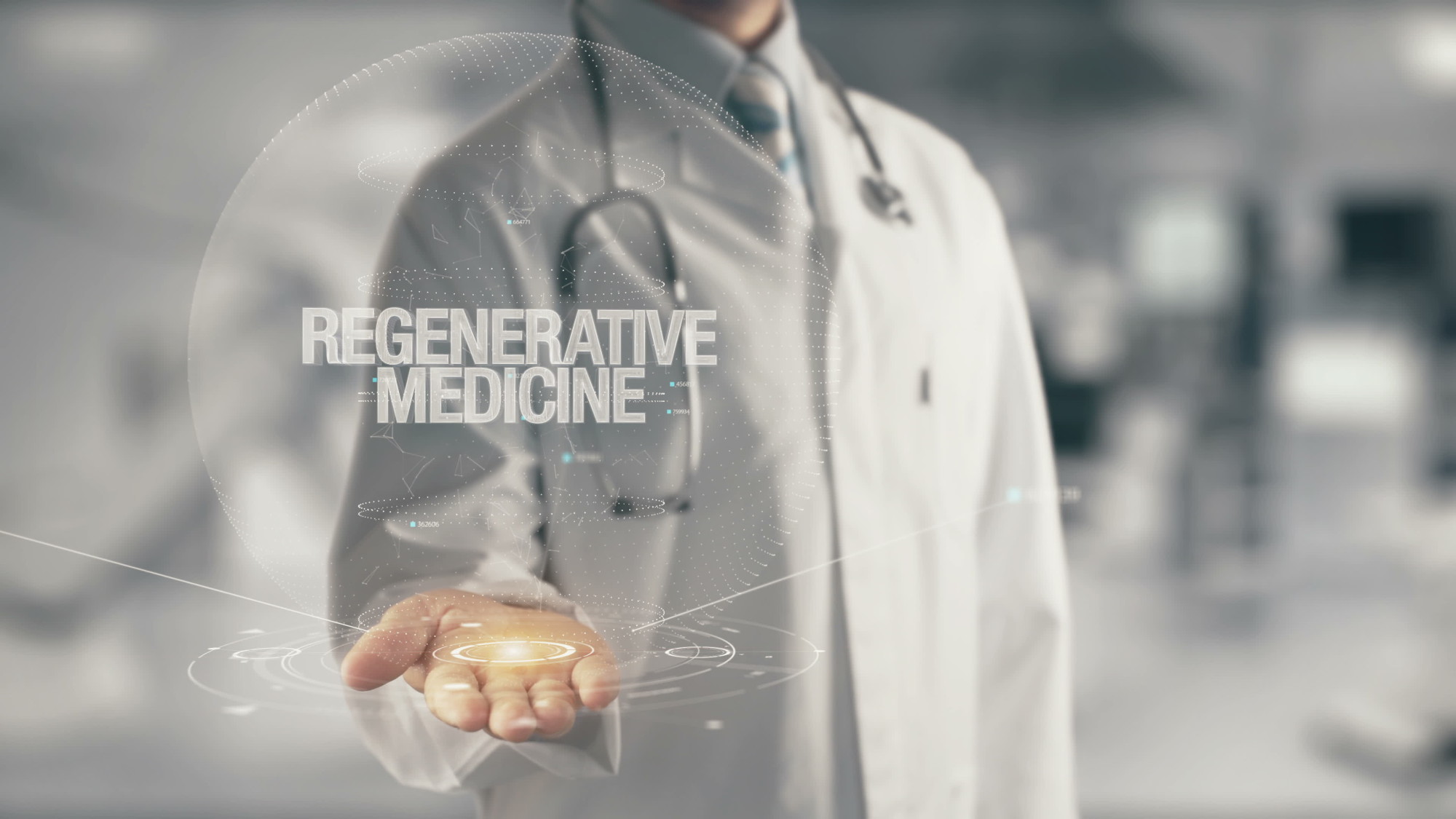Table of Contents

[/image][=video]
[/video]
Viscosupplementation: Injection of hyaluronic acid into intra-articular room can restore the viscosity and elasticity of osteoarthritic synovial liquid. HA plays an essential role in shock absorption, lubrication, and the visco-elastic nature of the synovial liquid. Prolotherapy: Prolotherapy is the shot of a solution to fix up an incompetent structure and promote sclerosis at the shot website.
Greater than one treatment session might be required before outcomes are really felt and, just like any kind of treatment, outcomes are not guaranteed. A stem cell does not offer a certain bodily feature, but it can become a cell that does, such as a cartilage material cell or a tendon cell. Physicians who utilize stem cell treatment believe that, when put right into a particular setting, stem cells can transform to fulfill a certain demand.
To make PRP, blood is taken from the individual and after that processedoften using a centrifugeto develop a concentrated solution of platelets and plasma (PRP).: All PRP is not the very same.
Swelling enhances blood circulation and attracts cellsgranulocytes, monocytes, macrophages and fibroblaststhat can fix and recover broken tissues. Throughout prolotherapy, a physician infuses an irritant into the damaged location, which momentarily boosts inflammation.
Stem Cell Therapy servicing East Lansing, Michigan
Prolotherapy occasionally uses PRP as an irritant, yet prolotherapy is not necessarily a cellular therapy. The most generally utilized irritant is dextrose, an easy sugar. Materials such as glycerine or saline may also be used.: Contrasted with other regenerative medicine therapies, such as stem cell and PRP injections, there is not a whole lot of scientific study regarding prolotherapy and its efficiency.
Different methods might be made use of to attempt to repair cartilage, consisting of however not limited to: Making little cuts or abrasions in the bone directly below the cartilage material injury. The goal is that the blood from the damaged bone will certainly promote new cartilage material cell development. Transplanting cartilage material from one more part of the client's body, a benefactor, or pet.
Regenerative medication seeks to replace tissue or organs that have been harmed by age, illness, trauma, or hereditary issues, vs. the existing scientific approach that focuses primarily on dealing with the signs. The devices used to understand these end results are cells engineering, cellular treatments, and clinical gadgets and fabricated organs. Mixes of these approaches can enhance our all-natural recovery procedure in the areas it is required most, or take control of the feature of a completely damaged body organ.
When hurt or gotten into by disease, our bodies have the inherent response to recover and safeguard. The appealing field of regenerative medicine is functioning to recover structure and feature of damaged tissues and organs.
Menopause Treatment
The goal of this technique is to establish transformative medical care services that will potentially treat formerly untreatable injuries and conditions. Cells design is a strategy where biologically suitable scaffolds are implanted in the body at the website where brand-new tissue is to be created. If the scaffold is in the geometric form of the cells that needs to be created, and the scaffold attracts cells the result is new tissue in the shape wanted.

Countless individuals have been treated with some form of cells crafted devices, yet the field remains in its infancy. The primary success tales have actually been with soft tissue regeneration. For more information regarding some of the promising research studies and clinical trials involving cells engineering, go here. Numerous countless grown-up stem cells are located in every human.
To get more information regarding some of the promising studies and medical trials involving mobile therapies, click below. In situations where a body organ falls short, the primary professional technique is to hair transplant a substitute organ from a benefactor. The principal challenges are the availability of benefactor body organs, and the requirement that the donor take immunosuppression drugswhich have adverse effects.
Hormone Therapy
Regenerative medication extends a vast range of techniques in medication, biology, design, and various other areas of clinical study. While there are just a limited number of authorized regenerative medicine treatments for patients now, numerous prospective treatments are in scientific trials, or will be soon. These meanings are meant to help you comprehend terms you may listen to as regenerative medication becomes a prevalent subject of conversation.
Biomaterials is an increasingly advanced innovation that blends principles of engineering and biology to drive discovery and screening of therapies. The term broadly refers to products that are produced for the functions of engaging with living cells, tissues, body organ, and systems. Biomaterials can be originated from all-natural sources, like healthy proteins or sugars, or from artificial materials, like polymers, steels, or plastic.
One preferred group of biomaterials, understood as hydrogels, are water-based frameworks with adjustable buildings to house cells in 3D rooms that resemble conditions in living cells. Next-generation biomaterials can be modified in real-time to direct how cells work in 3D area. Disease modeling is the usage of animals, stem cells, and crafted devices to research human conditions without the demand for human subjects.
Perimenopause Treatment
Diet regimen, way of living, direct exposure to sunlight, and aging are all variables that can trigger epigenetic adjustments. In the field of regenerative medication, scientists examine exactly how epigenetic adjustments add to disease-causing mutations. In one investigation, ISCRM researchers become part of an initiative to create a genetics treatment to help kids and canines with an uncommon muscle mass disorder to stroll and thrive.
Navigation
Latest Posts
Regenerative Therapy in East Lansing
Hormone Therapy local to East Lansing, Michigan
Menopause Therapy